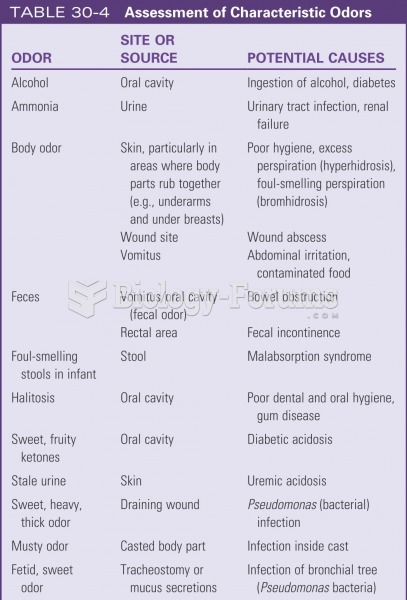Answer to Question 1
In four paragraphs, the student should accurately describe the concepts of reliability, standardization, validity, and practicality, providing definitions along these lines:
Reliability: Extent to which an instrument yields consistent results
Standardization: Extent to which an instrument involves similar content and format and is administered and scored in the same way for everyone
Validity: Extent to which an instrument actually assesses what it is being used to assess
Practicality: Extent to which assessment instruments and procedures are inexpensive and relatively easy to use and take only a reasonable amount of time to administer and score
Each paragraph should include both an example and a counterexample of the characteristic being described. To illustrate, a teacher who specifies the scoring criteria for an essay in specific, concrete terms is enhancing reliability. In contrast, a teacher who grades some essays while fresh and alert in the morning but grades other essays while tired and groggy at night is reducing reliability.
Answer to Question 2
In three paragraphs, the response should present and explain three of the following ideas:
Assessments enhance motivation (usually extrinsic in nature).
Assessments influence how students cognitively process classroom material.
Assessments influence students' epistemic beliefs.
Assessments influence how much time students spend studying and reviewing information.
Assessments communicate messages about which things are most important to learn.
Assessment tasks can be learning experiences in and of themselves.
Assessments provide feedback about what students have and have not learned.
If students are actively involved in evaluating their work, assessments promote self-regulation (e.g., self-monitoring, self-evaluation).
Assessments can heighten students' anxiety, which can in some instances interfere with effective learning.







